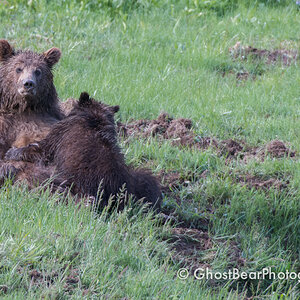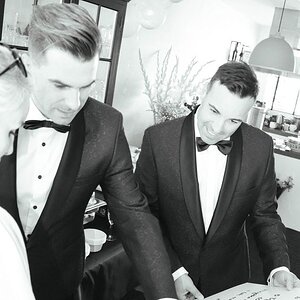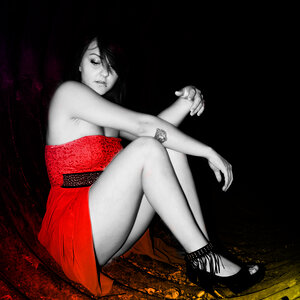Aim12
TPF Noob!
- Joined
- May 27, 2013
- Messages
- 30
- Reaction score
- 3
- Can others edit my Photos
- Photos OK to edit
If I wanted to shoot something off center, I would either focus and recompose using the center focus point, or I would choose a focus point closest to my off center subject? If I have 2 subjects I want to photograph, and both are off center, would I turn on all the focus points? What are the uses of turning on all of the focus points? If the subject(s) are moving does that affect if you would use focus and recompose? Thanks.




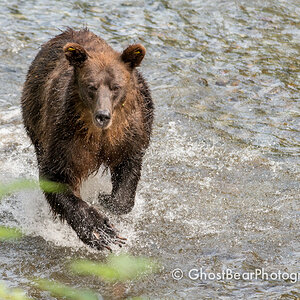
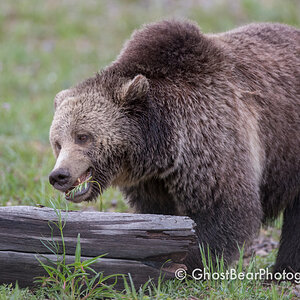

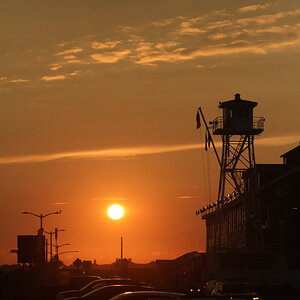
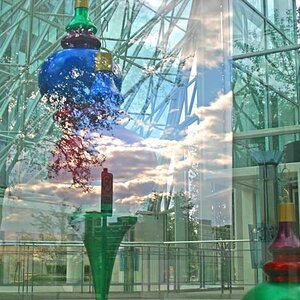
![[No title]](/data/xfmg/thumbnail/41/41894-692c98920dde335de241400937ed6166.jpg?1619739934)
